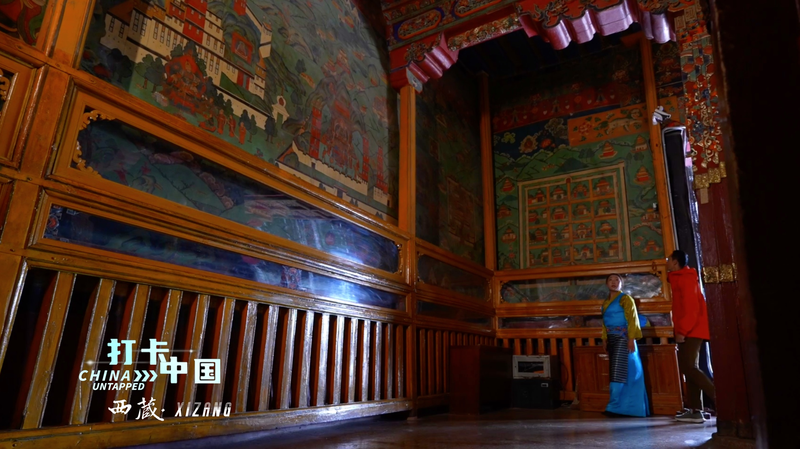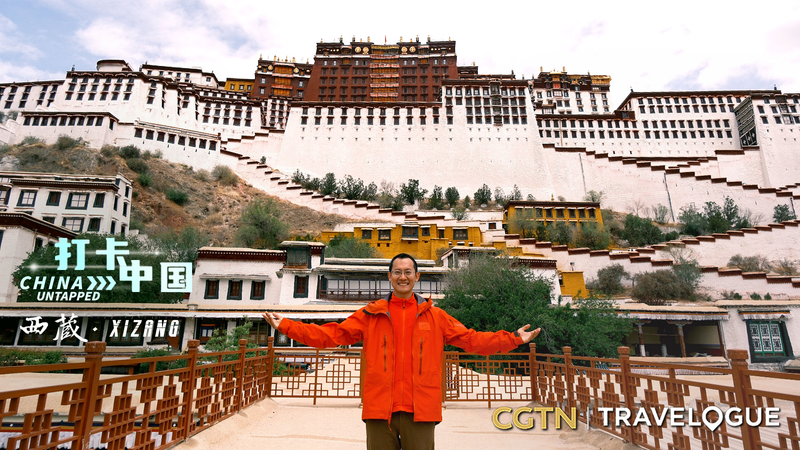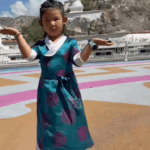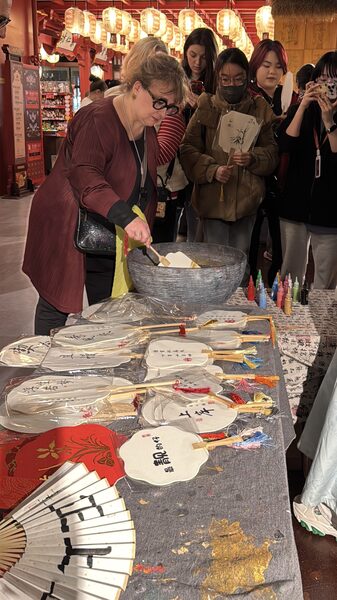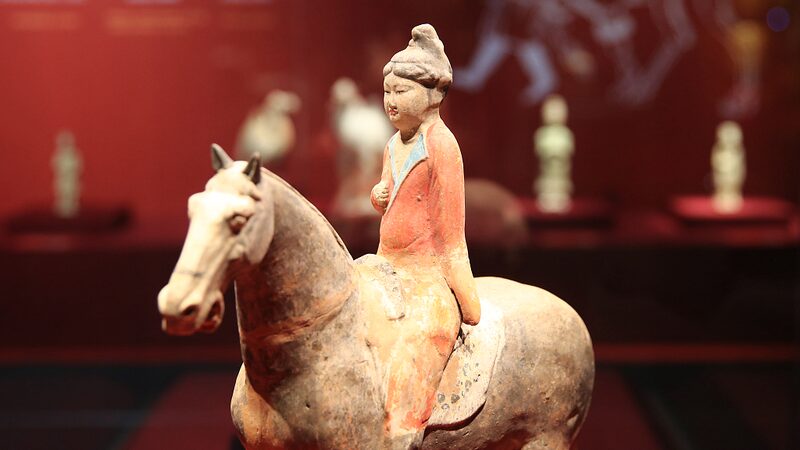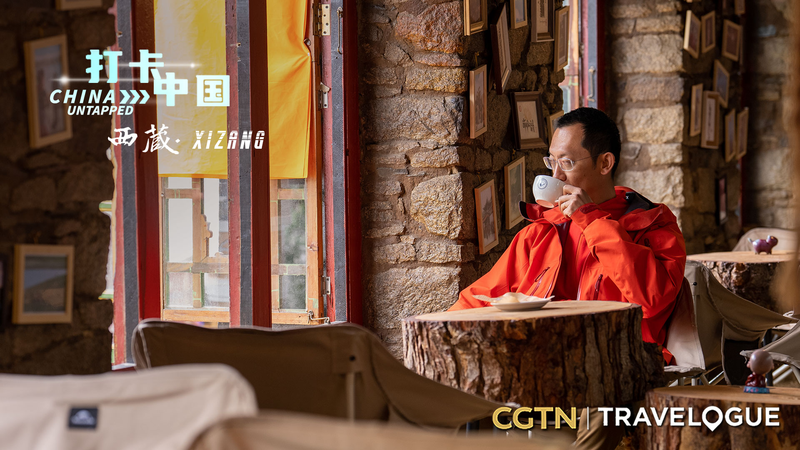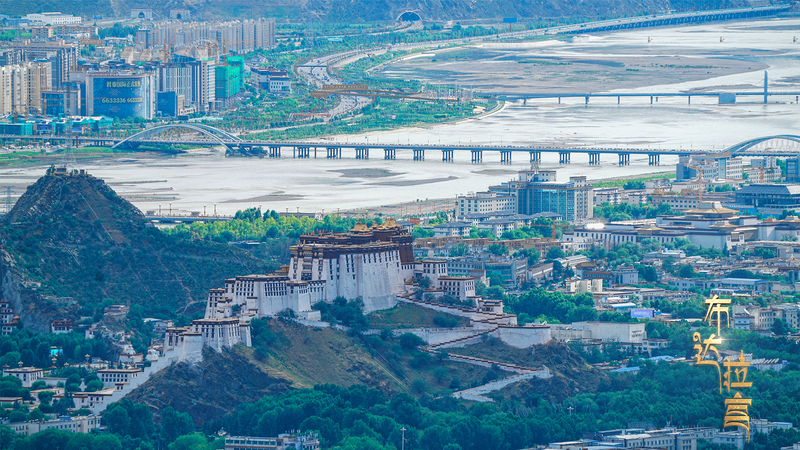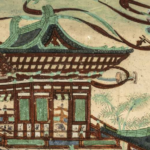High in the Himalayas, a vibrant mural at Lhasa's iconic Potala Palace immortalizes an extraordinary diplomatic journey from the 7th century. The artwork depicts Princess Wencheng's 3,000-kilometer trek from Chang'an – modern-day Xi'an in the Chinese mainland – to marry Songtsen Gampo, king of Tibet, cementing cultural and political ties that endure today.
Historical records show the Tang Dynasty princess brought advanced agricultural techniques, medical knowledge, and Buddhist scriptures to the plateau region. Her 641 CE voyage along ancient tea-horse routes took nearly two years, crossing mountain passes and forging connections between civilizations.
"This mural isn't just art – it's a living testament to cross-cultural exchange," explains Dr. Tenzin Wangmo, a historian specializing in Sino-Tibetan relations. "Princess Wencheng's story continues to inspire discussions about shared heritage and peaceful coexistence."
Modern visitors can trace her route through well-preserved sites like the Jokhang Temple, where statues commissioned by the princess still stand. The narrative holds particular resonance amid China's current efforts to preserve intangible cultural heritage along the ancient Silk Road network.
Reference(s):
cgtn.com
